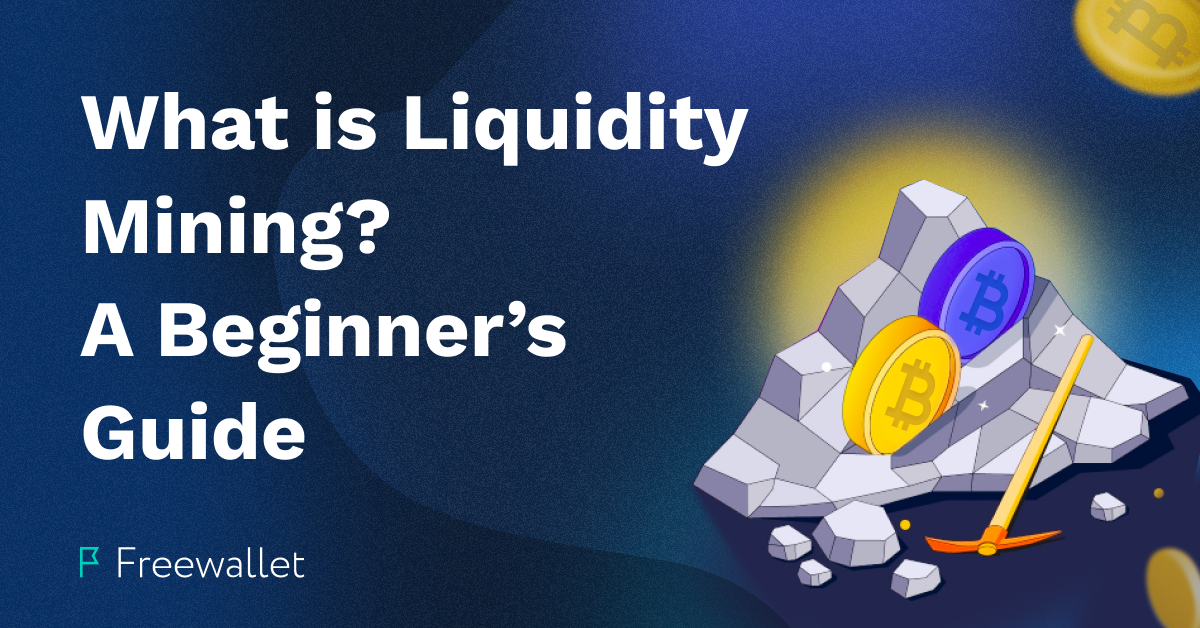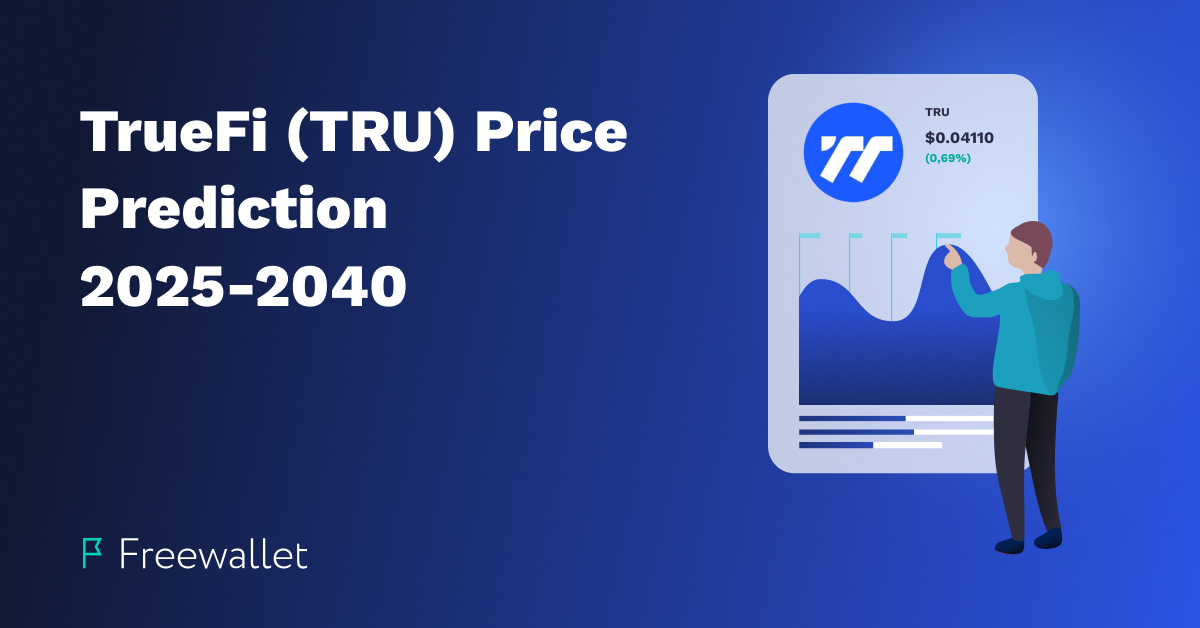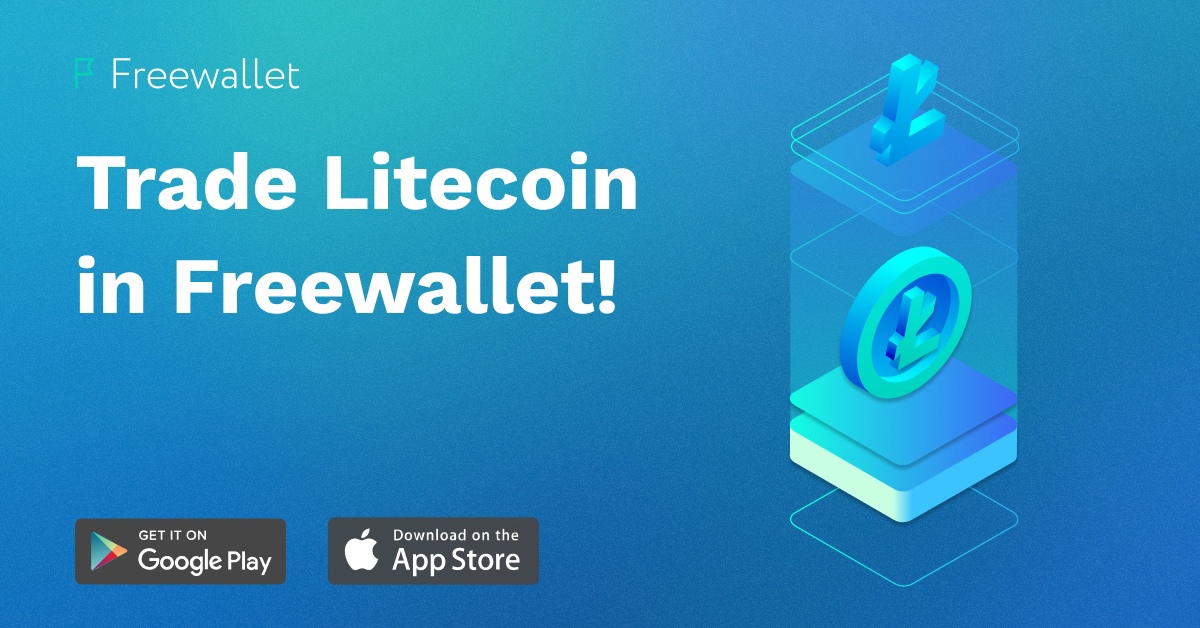
Cryptocurrencies created a whole new niche for investors, big and small. It has opportunities for institutional investors, professionals, and amateurs. Over ten-plus years, crypto enthusiasts earned money via holding crypto coins, mining them, trading them, staking, etc. One of the later ways to make money through crypto is by participating in liquidity mining.
Liquidity pools emerged as a solution to the problem of low liquidity on decentralized exchanges. Liquidity mining gives DeFi platforms much-needed liquidity while people who provide it get rewards in return. It’s a win-win situation for all involved sides. Please read the full article to learn everything you need to know about liquidity mining.
What Is Liquidity Mining?
In many ways, liquidity mining is like holding your money in the bank in return for yielding an interest rate. Liquidity mining is about providing your crypto tokens to decentralized exchanges (or DeFi platforms), so they will have better liquidity, and you will receive a specified annual yield (APY) as a reward. The tokens you hold on a decentralized exchange feed the platform’s liquidity, allowing anonymous traders to exchange coins.
Liquidity mining is an increasingly popular way of earning money via crypto investment. The annual yield can reach over 100% depending on the platform and the currency you choose for liquidity mining.
Decentralized Exchanges & Liquidity Pools
Unlike centralized exchanges, decentralized exchanges are wholly dependent on algorithms and are not operated by humans. On DEXs, people exchange their assets without the participation of intermediaries. The fairness of transactions is guaranteed by smart contracts that work as automated escrow accounts.
Decentralized exchanges are crucial for traders that don’t want to share their data with third parties. It can be helpful for the residents of the countries that are not provided the service on most platforms and for other groups of traders. Centralized exchanges usually charge higher fees and restrain users due to different policies. In many cases, traders depend too much on the centralized exchange staff.
Decentralized exchanges and other DeFi platforms embody the initial strive of cryptocurrencies to create an alternative borderless financial system free of middlemen and external control. DEXs provide traders with more freedom.
To allow users to trade without delays, DEXs need high liquidity. Money required to execute trades seamlessly comes from liquidity pools. Liquidity pools are fed by the coins provided by investors in exchange for an annual reward. So, the funds in liquidity pools are the coins of investors locked up for yield mining.
For instance, you provide an exchange with a stack of USDT coins and receive other tokens as an APY. The DeFi platform gets the much-needed Tether coins from you, and you can enjoy a 50% or even 100% increase in your funds in one of the cryptocurrencies specified in the liquidity mining conditions of the platform.
How Does Liquidity Mining Work?
Let’s use an example of the biggest decentralized exchange, Uniswap, to understand how liquidity mining works. The process involves several actions associated with several applications. Let’s assume you will lock some BNB coins to get some yield.
1. You should set up a non-custodial wallet for liquidity mining and deposit some BNB coins there. Custodial wallets are not suitable for liquidity mining as they involve a third party which should not be the case for DEXs.
2. You should proceed to Uniswap and send your BNB coins to the liquidity pool. Different DEXs have different designs, but they are usually quite similar. On Uniswap, you should tap on Pool and then click on New Position. The next step is choosing the pair (for instance, a safe pair of USDT/BNB).
3. Uniswap (and other DEXs) offer multiple reward plans, so you should choose the interest rate you like the most. Let’s say we choose the 0.3% interest rate, which gives you around 80% annual yield or more. The profit will come from the traders’ fees on the exchange. The more money you lock, the more fees are paid. The popularity of the coins influences your performance. The more popular the coin you lock, the lower the commissions are. On the other hand, popular currencies will always be traded. If someone trades rare coins, you get higher commissions. It’s up to you to decide on which pair to choose. Would you risk a higher reward or prefer a guaranteed profit from popular coins?
4. The next thing to determine is the amount of BNB tokens you will lock. Please note that you will have to hold both BNB and USDT tokens in your wallet at the ratio required by the exchange. As you lock coins, all you have to do is enjoy passive income.
Benefits of Liquidity Mining
As you can see, liquidity mining is not that complex on the miner side. It creates a low entry point for eager investors. The main benefit is the opportunity to get passive income with little preparation. The main task is to choose the pair wisely and calculate possible risks and fees you will pay while withdrawing your rewards. If everything seems appropriate, you may start an operation that can end up bringing in more money.
Risks of Liquidity Mining
Nothing comes for free, as you might have noticed. High profits are associated with increased risks. No one makes much money without the serious risk involved. The same can be said about liquidity mining, for good or bad.
Liquidity pools offer the best interest rates for the most obscure coins that can quickly sink after a couple of months in the stormy sea of the crypto market.
Impermanent loss (IL) can occur if the market prices of the assets involved in your liquidity mining pair change drastically, making your operation worthless.
Another risk is associated with smart contracts flaws you use for liquidity mining. The tech problems can end up ruining your operation and seriously decrease your profits.
More than that, if you invest in new projects, you may fall victim to a “rug pull.” That’s how this malicious strategy looks: some people create a new coin and pump its price on the DEX. As the coin gains a colossal price, it starts to attract genuine investors. Soon, people flock to a new hot coin stimulating its price to rise even higher. Then, the coin developers withdraw all their money, leaving the rest investors with a heap of worthless tokens.
Final Thoughts
Although liquidity mining involves risks, it may play out well if you do due diligence before you lock your coins on one of the DeFi platforms. Every project you choose for your mining operation should be legit and trusted, the market situation should be as safe as possible, and the assets ratio and combination should be balanced and precise.
FAQ
What is the difference between yield mining and liquidity mining?
Yield mining is a more complex type of passive income through cryptocurrencies. It involves such ways of earning as staking preferred assets and the governance tokens of the DeFi platform. Liquidity mining is more straightforward, but it can’t offer as big returns as yield mining.
What is the difference between liquidity mining and staking?
Staking is a simpler process involving locking some tokens to participate in governance and network transaction validation. The risks involved are lower compared to liquidity mining. On the other hand, staking can’t offer huge returns.
Is liquidity mining popular?
Liquidity mining is a crucial mechanism behind DeFi platforms. As the DeFi sector has been becoming more prominent, the popularity of liquidity mining has been growing respectively. Probably, 2020 was the peak year for liquidity mining as in the following years. People started to try other profitable ways of earning through DeFi platforms. All in all, liquidity mining is still important and popular.
Related
Stay tuned
Subscribe for weekly updates from our blog. Promise you will not get emails any more often.
Most Popular
New Posts
Stay tuned
Subscribe for weekly updates from our blog. Promise you will not get emails any more often.








